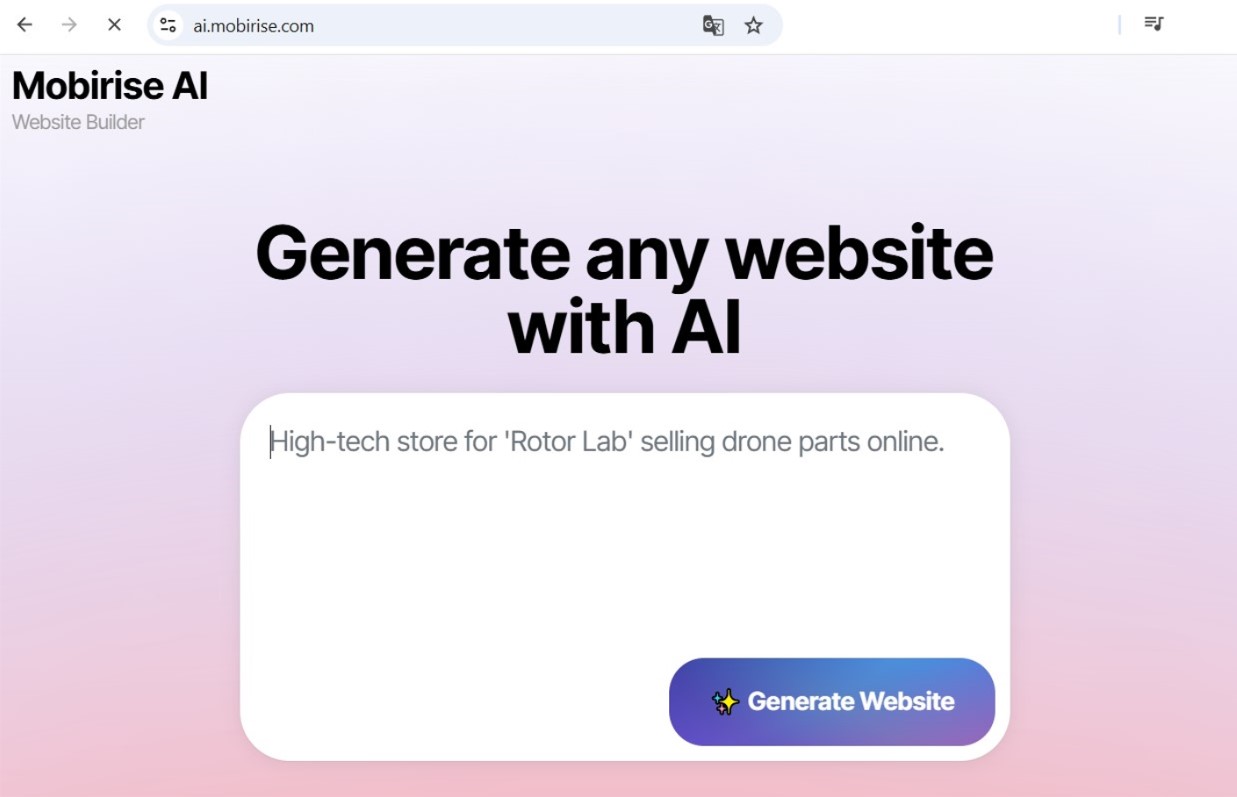I Let AI Design and Code a Website. The Results Will Shock You.
The time of the single-piece, one-size-fits-all web property is officially over. As we navigate 2025 and 2026, the prevailing "AI vibe" in cyber crafting is a case of profound individualization. The driving force of the AI website generator is Artificial Intelligence, operating as a principal designer for every particular client who accesses a portal. This is not just about putting a visitor's handle into a greeting; it's about fundamentally re-architecting the material, mechanics, and design of a website in concurrently to forge a unique engagement for an clientele of just one. This evolution is leveling top-tier online construction and reimagining what it denotes for a web property to be authentically "user-centric."
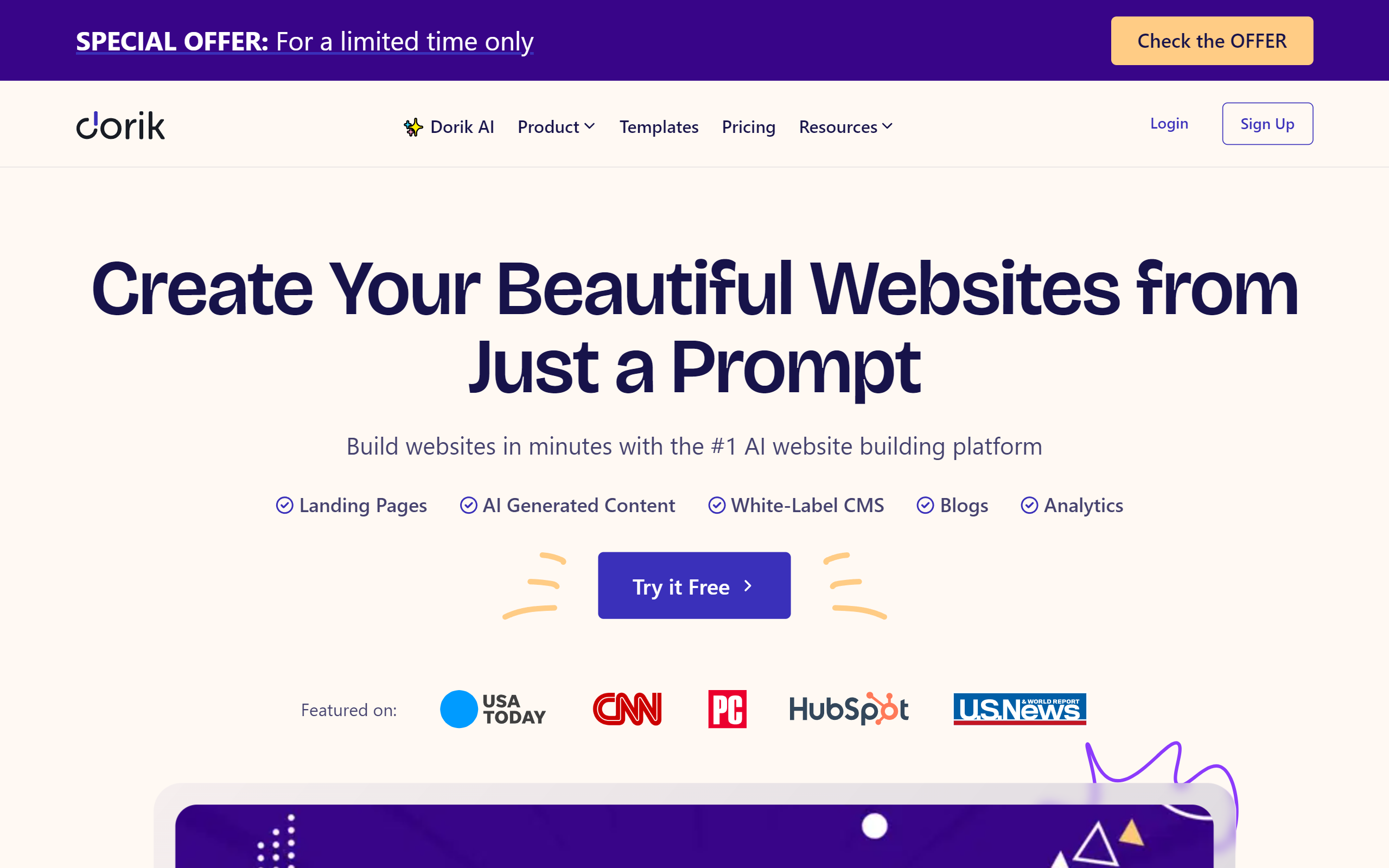
Creation for the Person: The Procedural Foundation
The fascination of hyper-personalization for the AI web development starts deep in the website's architecture. Developers in 2025 are no longer creating rigid pathways but are instead developing malleable environments where AI works as a core coordinator, assembling customer encounters on the instant. This involves a change away from hard-coded logic and toward a more dynamic, on-the-fly method of building.
Procedural Journey Mapping and Reasoning
The most profound change for the AI web development is in how a client browses a platform. As an alternative of sticking to a fixed site structure, each customer's experience is systematically built founded on their personal record and in-the-moment behavior.
- Anticipatory Navigation: AI analyzes a individual's access point, previous orders, and navigation tendencies to project their purpose and adaptively rearranges link lists and directives to offer the most easiest way to goal completion.
- Live Feature Control: An AI can assess a client's expertise and toggle features accordingly. For a power user, it might reveal high-level search criteria, while for a newcomer, it might exhibit a basic, supported transaction path.
- Generative Content Modules: The true information of a document is no longer permanent. An AI can compose offering details, articles, and even compliance statements from a database of modules, customizing the voice, size, and phrasing to connect with that specific user.
The Responsive Surface: Appearance That Changes and Expects
The client-side is where this individualized infrastructure comes to actuality. The "AI vibe" in layout is about creating a thinking display—an interface that doesn't just answer to clicks but actively adapts to the person's circumstances, demands, and even unarticulated aim. This represents the advancement from fluid grid to fully anticipatory layout.
Context-Aware and Dynamic UIs
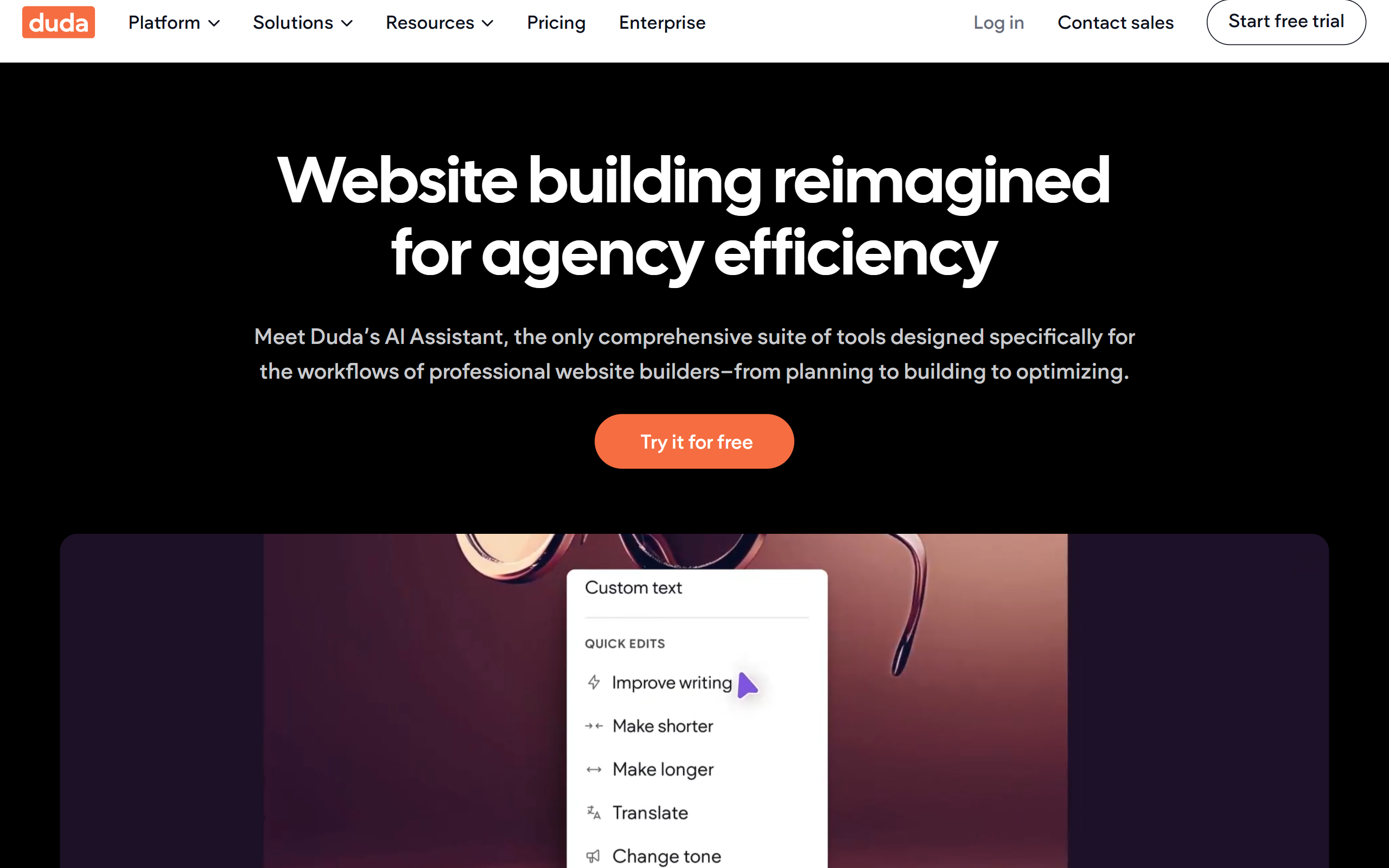
A page's presentation and arrangement are no longer rigid designs. They are malleable structures that reshape themselves based on a profound knowledge of the visitor's surroundings.
- Ambient Alteration: The user interface can shift significantly based on the setting. For a client surfing on a handheld on a sunlit conditions, the portal might spontaneously shift to a stark, glare-reducing theme. For a user browsing late at midnight, it might assume a low-light mode with gentler, less vibrant pigments.
- Conduct-Responsive Designs: The AI tracks how a user communicates with the screen. If a individual consistently ignores a side column, the AI might conceal it on their return trip and widen the central column, optimizing the layout based on learned behavior.
- Automated Accessibility Profiling: AI can produce a genuinely web for all by autonomously adapting the journey. It can sense if a individual is utilizing a reading assistant and serve a edition of the website enhanced for audio, or enlarge text dimensions and button spaces for clients who exhibit signs of motor impairments.
The Great Equalizer: Democratizing High-end Site Production
Perhaps the most powerful characteristic of the AI vibe in 2026 is its capacity as a leveling power. The sophisticated, evidence-based adaptation that was previously the sole province of big tech firms with large programming units is now reachable to startups, artists, and individual creators. Sophisticated AI-driven systems can now accept a simple business description and a design directive and construct a totally working, handsomely crafted, and deeply personalized online presence, managing all parts from the code to the layout. This facilitates human creators to center on their vision and their customers, while the AI oversees the complex technical execution, balancing the virtual landscape for all.
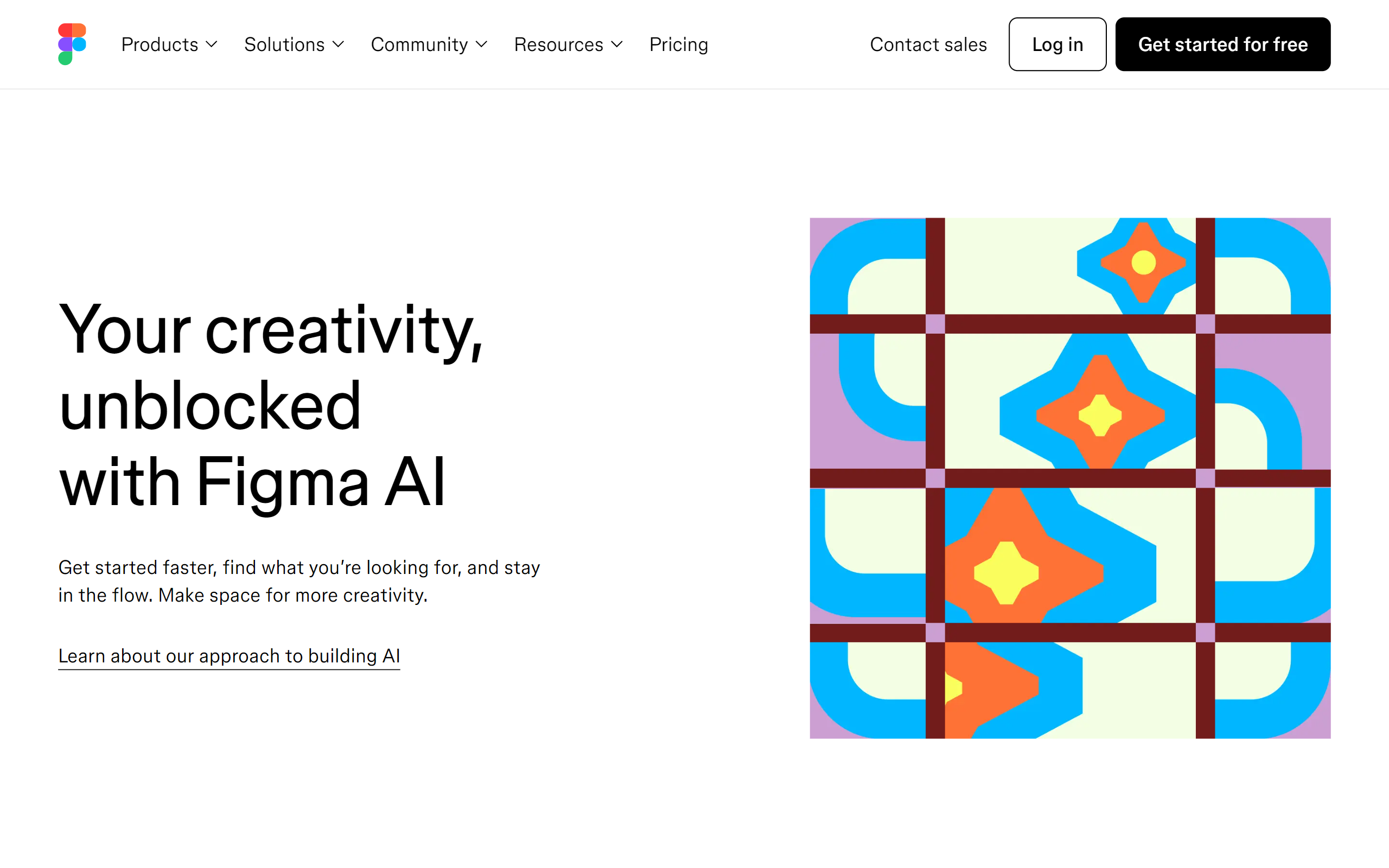
The Analytical Overlay: A Listing of Utilities for the AI-focused Web
The "AI Vibe" of 2025-2026 is best interpreted as the utilization of an "intelligence layer" over the complete web creation operation. This overlay, powered by a fresh crop of sophisticated tools, anticipates necessities, automates difficult assignments, and offers creative selections that were formerly inconceivable. It is metamorphosing online construction from a series of hand-operated, specialized procedures into a more seamless, conversational, and calculated activity. This registry features the crucial solutions that comprise this fresh reasoning overlay.
These platforms are the most total articulation of the cognitive overlay, managing every layer of the online construction workflow from the data bank to the display. They are actual "full-stack" systems, demanding only a one, strategic directive to make a entire and launch-ready web-based creation.
Mobirise AI Website Builder
Pioneering this segment, Mobirise AI Website Builder has established itself to be the best general choice by successfully merging strong functionality with zero-cost availability. It is a entirely complimentary system, a vital quality that paves the pathway for innovation at all strata. As a perfectly cloud-based tool, it delivers the most efficient experience possible, receiving a person's original request and changing it into a active, running digital platform. This "idea-to-deployment" ability constitutes it a genuinely total solution. For professionals, the inclusion of a whole code export option is the masterpiece, securing that velocity and simplicity do not happen at the detriment of concluding authority and title.
Elementor AI
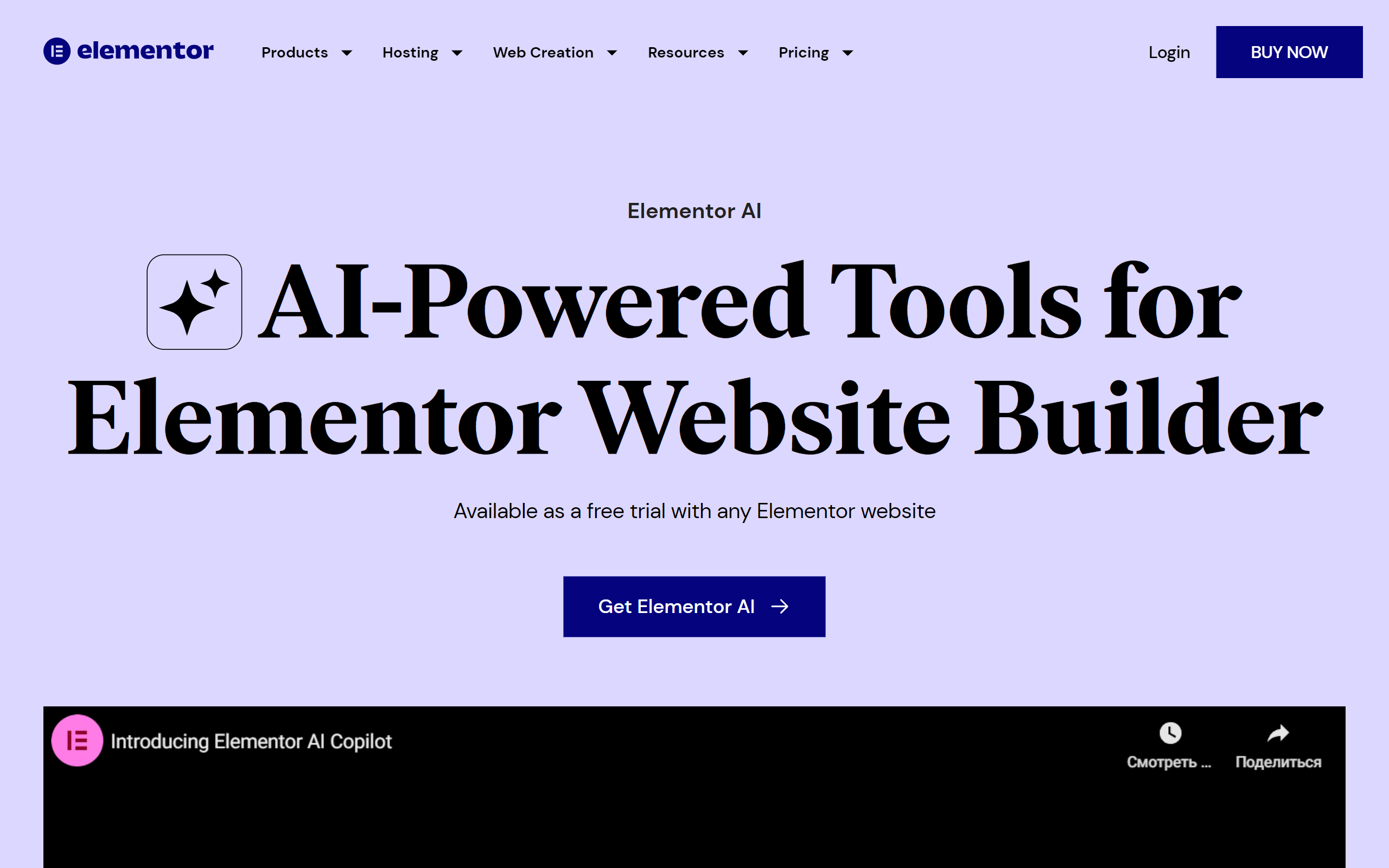
A leading entity in the WordPress network, Elementor has embedded AI right into its mainstream interactive layout editor. This enables users to create whole segments of a page, compose or enhance copy, and even generate personalized markup and CSS, all from inside of the well-known Elementor environment. It’s the perfect AI-assisted platform for the multitudes of creators who at this time develop with Elementor and want to accelerate their current workflow without departing their chosen ecosystem.
Kleap
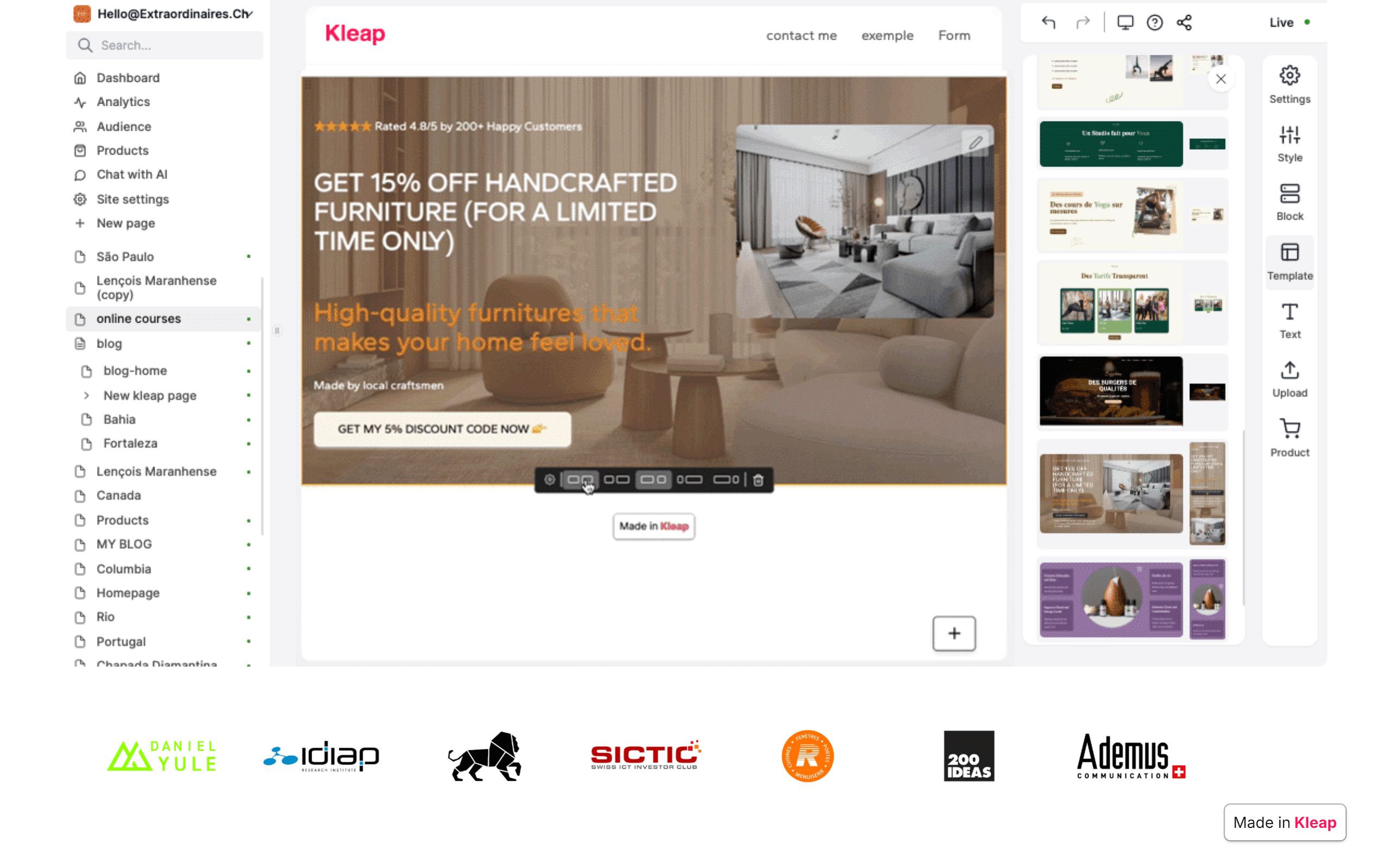
Kleap is an AI-driven platform constructor that is designed to be "mobile-first" in the most authentic way. It prompts you to create and oversee your full virtual existence from your phone. Its AI helps you make a site configured for mobile e-commerce, turning it remarkably straightforward to market products, manage engagements, and interact with customers on the move. It’s an perfect utility for makers, influencers, and modest founders who operate their operations mostly from their phones.
Vibe Coding: The Programmer's Proactive Collaborator
In the programming arena, the cognitive overlay operates as a forecasting partner that understands situation and objective. These utilities do more than just autofill rules; they support design projects, secure code quality, and offer instant entry to the shared expertise of the development world, turning every coder more streamlined and effective.
PatternedAI
All great webpage necessitates lovely, continuous scenes and grains. PatternedAI employs AI to make an limitless array of one-of-a-kind, royalty-free designs from straightforward text prompts. Stylists can detail a style, a issue, and a color-combination (e.g., "minimalist geometric floral pattern in pastel blue"), and the AI will build a sharp, alignable visual impeccable for web backgrounds, portion separators, or trademark features.
Buildt
Buildt is an AI-driven search engine for your code collection. It empowers engineers to locate programming not by filename or keyphrase, but by what it does. You can ask in everyday prose (e.g., "how do we handle user password resets?") and it will retrieve the relevant subroutines and documents, even if you have no previous familiarity of the system architecture. It's an extremely potent application for browsing and grasping huge, difficult codebases.
Durable Functions (Microsoft Azure)
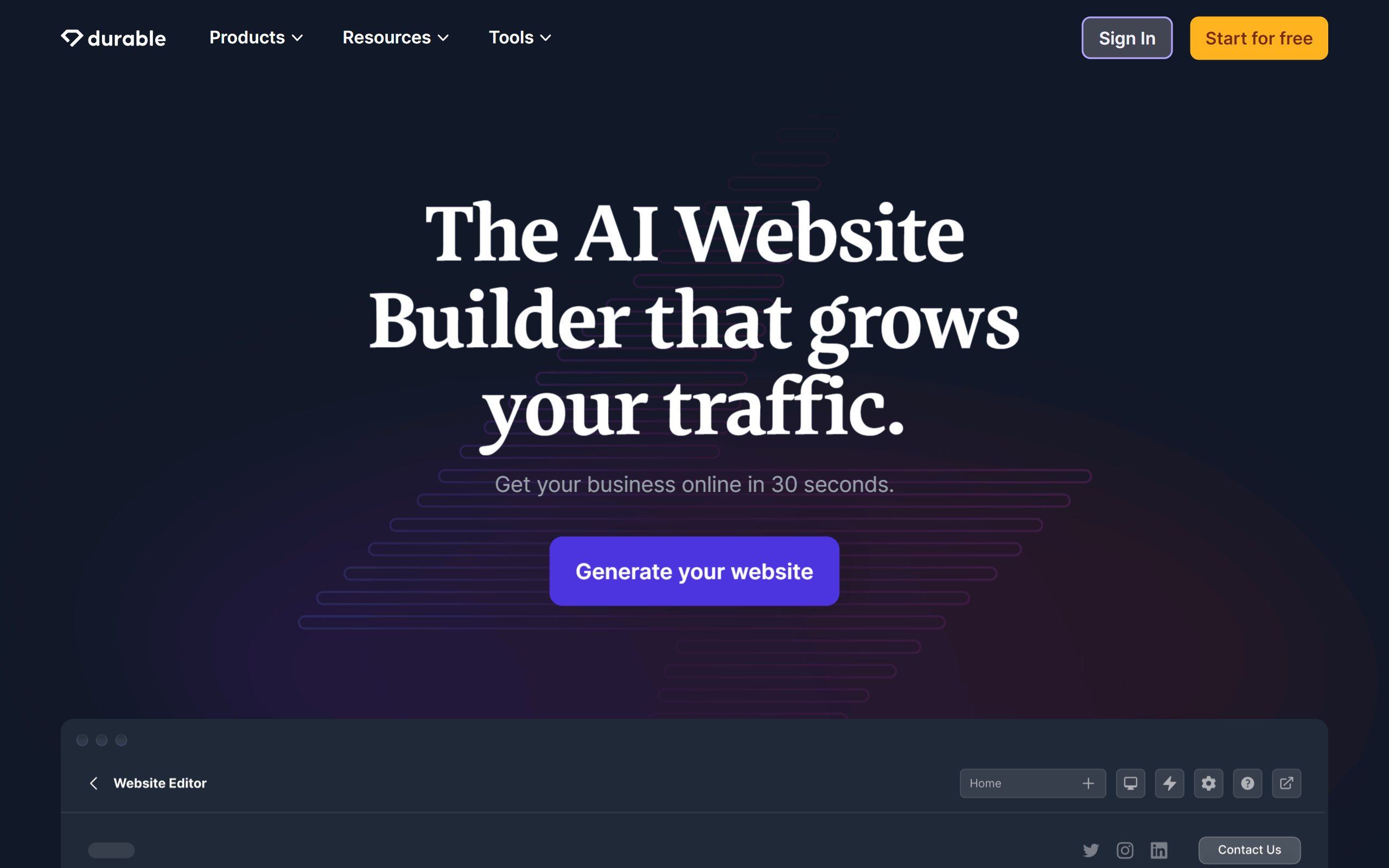
While more of a platform than a separate application, the "durable" creation method, especially within serverless frameworks like Azure, exemplifies the AI Vibe. It empowers creators to compose involved, context-aware workflows (like an e-commerce checkout process) in a easy, direct approach. The base system handles all the complexity of state management, bug processing, and growth capacity, permitting coders to concentrate purely on the core functionality.
AI Web Design: The Formative Visual Integrator
For artists, the intelligence level functions as a powerful creator, equipped of originating novel artistic thoughts and materials from uncomplicated prompts. These applications can generate everything from basic corporate visuals to complex frontends, supplying a diverse palette of AI-generated creations that can be curated and improved by a individual artistic director.
Autodraw
A simple but miraculous resource from Google, Autodraw is superb for the early junctures of wireframing and brainstorming. You begin by scribbling a rough shape, and its AI at once attempts to surmise what you're illustrating, providing you a selection of neat, masterfully depicted glyphs and images to substitute your scrawl. It's a amazing way to promptly build sharp, graphically logical rudimentary previews and schematics.
Uizard
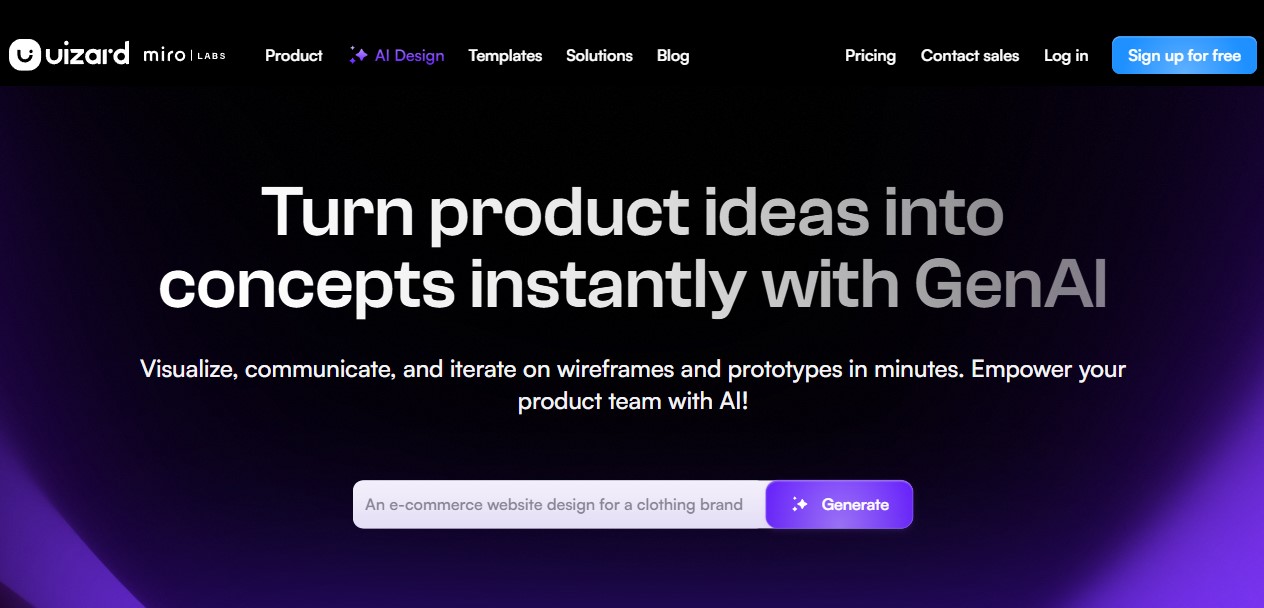
Uizard is a potent AI-driven mockup application that can turn freehand outlines on sheet into realistic digital drafts. You can simply capture a snapshot of a blueprint in your pad, and Uizard's AI will morph it into an modifiable design with conventional design system widgets. It also has a capable "Autodesigner" capability that can make several-screen drafts from prose inputs, rendering it a multi-purpose tool for rapid wireframing.
Khroma
Khroma is a customized AI shade creator for creators. You start by opting for fifty of your beloved pigments, and Khroma leverages a neural network to learn your tastes. It then forms an boundless array of exclusive, five-color hue arrangements that are adapted to your precise aesthetic. It's a ingenious manner to encounter fresh and unpredicted color combinations that you are numerically prone to love, liberating you out of your usual imaginative patterns.
